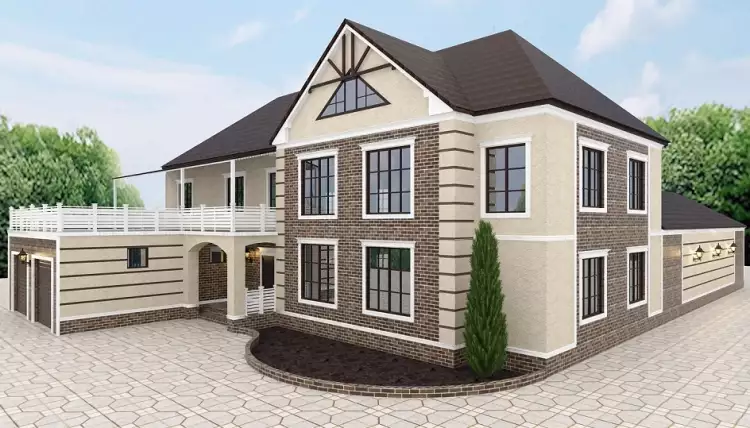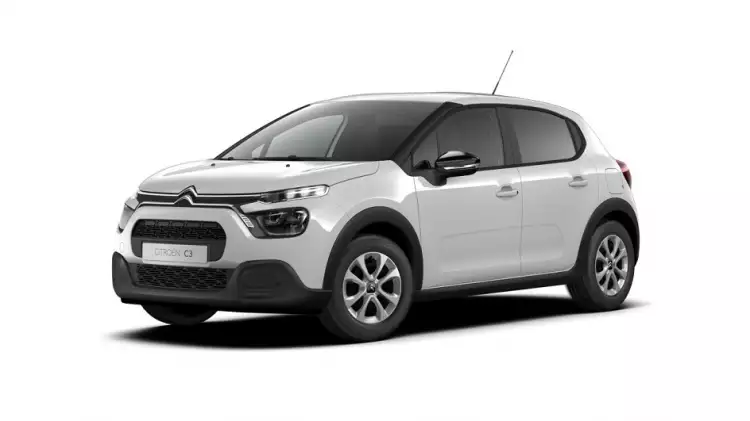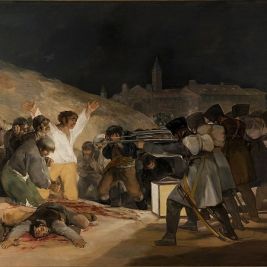Design is the culmination of actions by an individual or a group of people involving the artistic construction of various products. Design also refers to the result of the process of designing objects or items (for example, aircraft design or book design).
 Design. Landscape design of an elite dacha plot
Design. Landscape design of an elite dacha plot
Design plays a significant role in the modern world, especially in industrial production. Designers, in the process of project development, strive not only to create highly functional products but also consider their aesthetic value.
 Design. Architectural design of a country house
Design. Architectural design of a country house
Types of Design
Design is a broad concept that encompasses numerous activities aimed at creating various products depending on their application or purpose. The following are various types of design:
- Architectural. Involves detailed project development of future buildings or structures while considering existing construction regulations.
- Interior. Focuses on creating a comfortable and aesthetically appealing living environment within enclosed spaces.
- Transport. Used for designing comfortable and reliable means of transportation (such as cars, planes, trains, ships).
- Game. Intended for developing unique gameplay (a set of options available to players in various situations, win and lose conditions, difficulty levels).
- Book. Encompasses all aspects of artistic layout, typography, and text editing.
- Landscape. Includes a range of activities aimed at landscaping areas while considering architectural, biological, and cultural aspects.
- Furniture. Combines all activities related to developing furniture items for residential, commercial, and industrial spaces.
- Fashion, footwear, and accessories. Influenced by fashion trends and cultural traditions, it fulfills the important human need to look beautiful and stylish.
- Urban environment. Developed to create a comfortable living environment for residents in large urban areas, focusing on simplicity and safety in their movements on streets and squares.
- Art design. Closely related to interiors and furniture, it helps harmoniously integrate art objects into the surrounding environment.
- Futuristic design. Used for developing bold innovative projects that can be implemented in the future.
- Sound. Involves creating original sound effects, demanded in film production, television, show business, and in creating computer games.
- Light. Applied for implementing creative ideas in the realm of colorful lighting for holidays, festivals, and original art installations.
- Web design. Aims at creating user-friendly interfaces for websites and online applications.
 Design. Design of urban environment - pedestrian bridge in London
Design. Design of urban environment - pedestrian bridge in London
The design development process cannot be characterized as monotonous work. On the contrary, designer-artists are constantly required to create, coming up with and implementing revolutionary ideas in various aspects of human life.
 Design. Furniture design for the kitchen of a city flat
Design. Furniture design for the kitchen of a city flat
Design History
The history of design is closely tied to the development of industrial production. Even in primitive societies, our distant ancestors considered the functionality and aesthetic properties of basic tools when crafting them.
 Design. Game design of a computer game
Design. Game design of a computer game
The word "design" entered everyday use among people in the 16th century, first in Italy and then in the rest of Europe. At that time, it had a different meaning, and the term "disegno intero" referred to the initial sketch of a future work of art or an original idea that arose in the artist's mind.
 Design. Book design for 2020 novelties
Design. Book design for 2020 novelties
In the mid-19th century, against the backdrop of rapid industrial growth and increased competition, there arose a need for innovative methods of product development. Industrialists began to pay more attention to designing new models to capture the attention of customers.
 Design. A visual diagram of the basic elements of web design
Design. A visual diagram of the basic elements of web design
At the end of the 19th century in England, the Arts and Crafts movement emerged. Its main inspirations were John Ruskin and William Morris. They opposed faceless industrial production and advocated developing products with consideration for their aesthetic and artistic value. Ruskin and Morris were the first in world history to formulate the fundamental principles of design theory, which would find widespread application in industry in the future.
 Design. Software for sound design in studio
Design. Software for sound design in studio
In the early 20th century, many large enterprises began to employ artists as part of their management. These artists helped company owners develop their own corporate style and participated in the development of new product samples.
 Design. Light design of city square
Design. Light design of city square
In the 1920s, the first schools for teaching design emerged (Vkhutemas in the USSR and Bauhaus in Germany). It was during this time that certified design specialists in various fields of industrial production first appeared.
 Design. Interior design of premium class apartments
Design. Interior design of premium class apartments
Starting in the early 1930s, the profession of designer became in demand in the labor markets of capitalist countries. Since then, the demand for skilled professionals in this field has remained consistently high.
 Design. Transport design of Citroën car
Design. Transport design of Citroën car
In the post-war years, even in socialist countries, the importance of industrial design became evident. The fundamentals of design and artistic activities were included in the curricula of many technical institutions. In the USA and Western Europe, fundamental scientific works by art theorists on design were published, and active discussions on this topic took place, leading to the formation of numerous associations of artist-designers.
 Design. Futurodesign of a country house
Design. Futurodesign of a country house
Today, almost any new industrial product in all areas of human activity can rightfully be called a designer's object. Designers actively participate in all stages of creating new products, from developing original ideas to evaluating the results of their sales in the market.
 Design. Bright art design of a flat
Design. Bright art design of a flat
On the Very Important Lot portal, visitors have an excellent opportunity to participate in art auctions and acquire antiques created by outstanding designers of the past. Here, you can also directly purchase paintings from contemporary artists for interior decoration or to add to your collection with worthy specimens.

 French Artists of the 18th Century
French Artists of the 18th Century  The top 10 most famous Spanish artists - the greatest masters of art of all time
The top 10 most famous Spanish artists - the greatest masters of art of all time  Baroque is an exquisite pearl of European culture: essence, developmental history, style features
Baroque is an exquisite pearl of European culture: essence, developmental history, style features  The National Order of the Legion of Honour
The National Order of the Legion of Honour  Bold Rebranding: A 2024 Design Trend Shaping Brand Identities
Bold Rebranding: A 2024 Design Trend Shaping Brand Identities  The painting "Menshikov in Berezovo" by Vasily Surikov is a dramatic depiction of the life of the disgraced prince
The painting "Menshikov in Berezovo" by Vasily Surikov is a dramatic depiction of the life of the disgraced prince  Armand was a brilliant French artist who timely abandoned his career as a painter to later become a globally renowned sculptor
Armand was a brilliant French artist who timely abandoned his career as a painter to later become a globally renowned sculptor  Silver - a noble metal
Silver - a noble metal  Grisaille is a unique monochromatic art with stunning possibilities
Grisaille is a unique monochromatic art with stunning possibilities  Impressionism in painting, or The Catchers of the Beautiful Moment
Impressionism in painting, or The Catchers of the Beautiful Moment